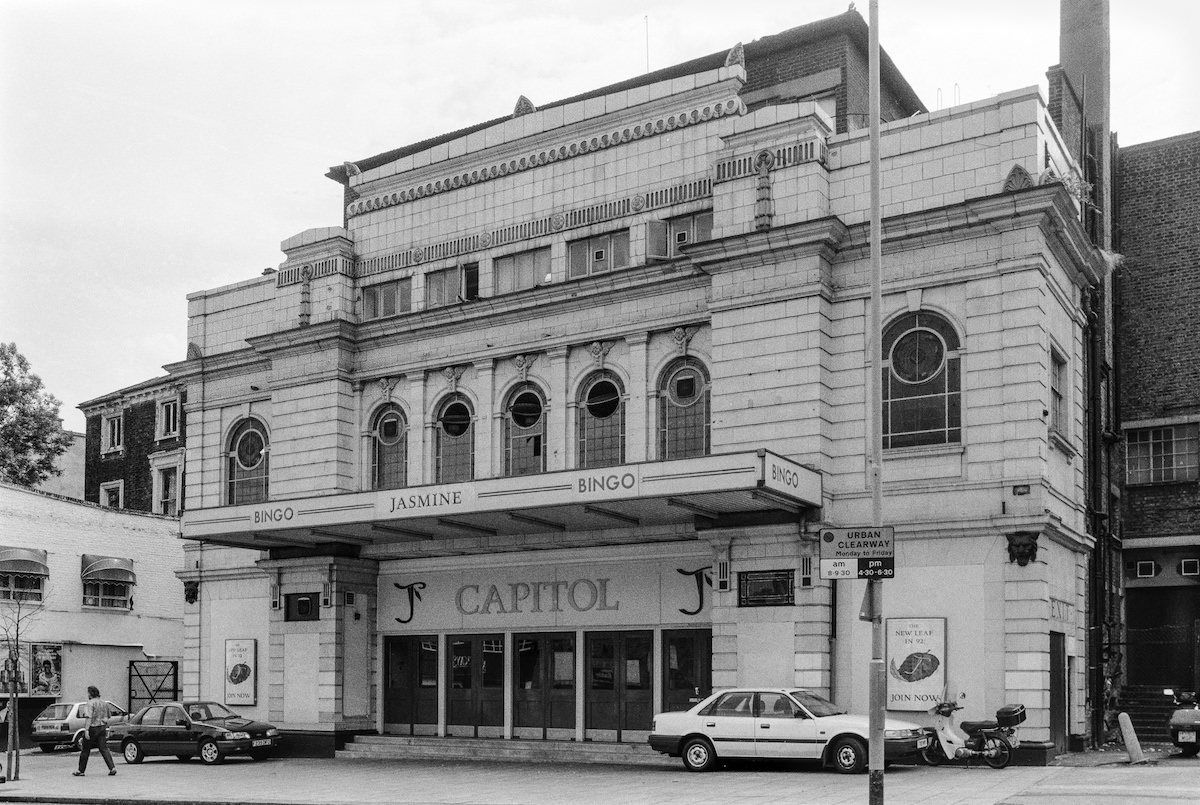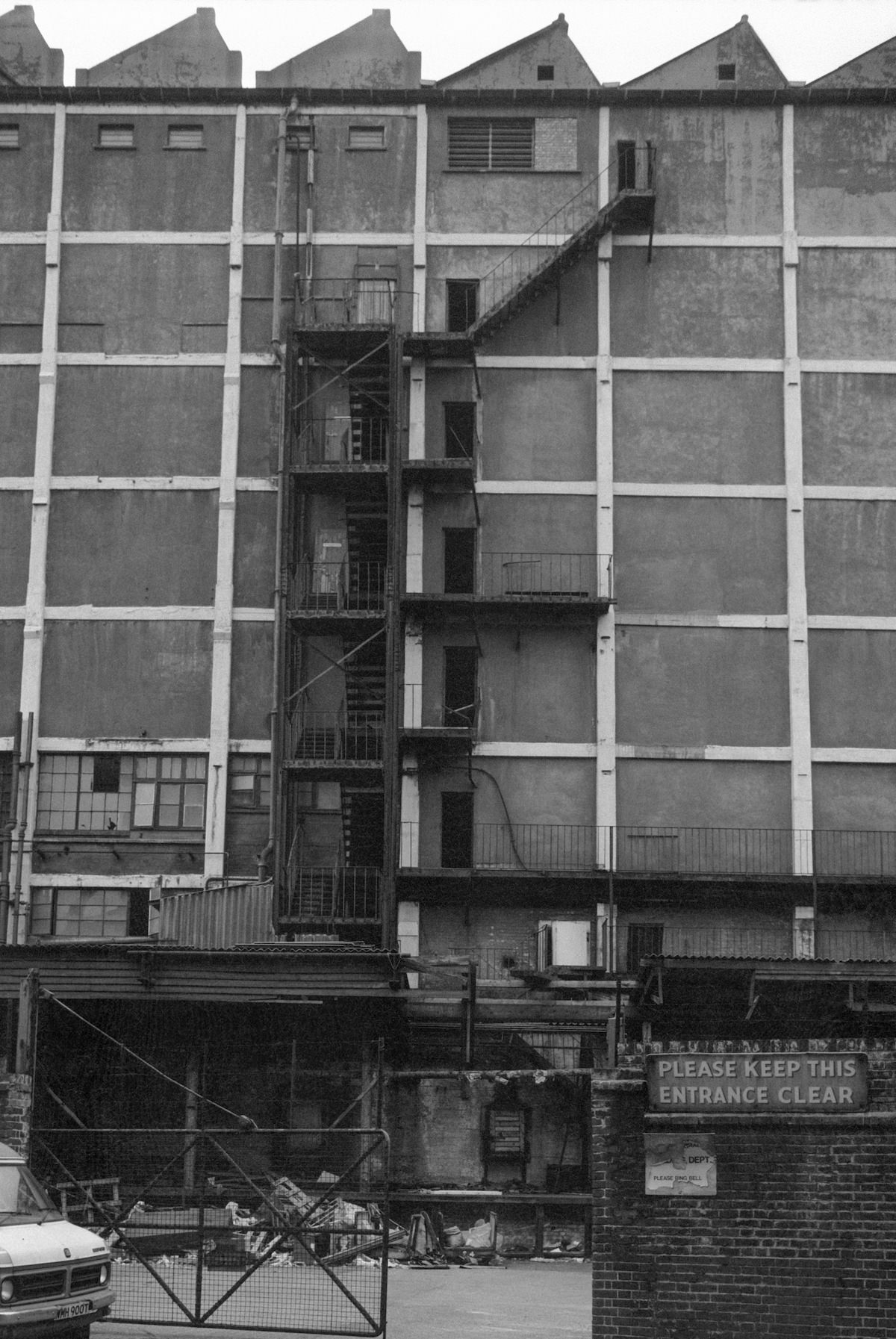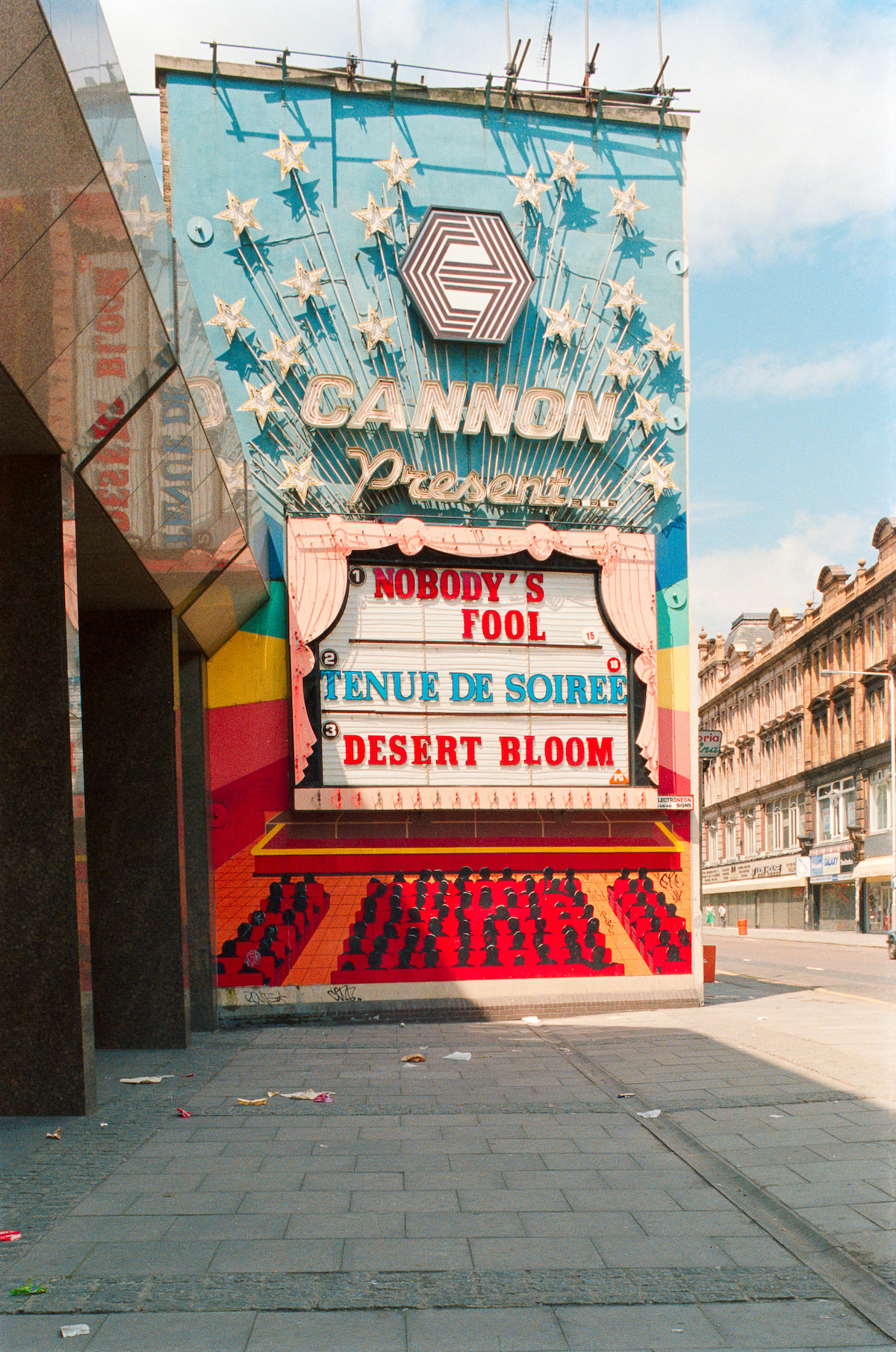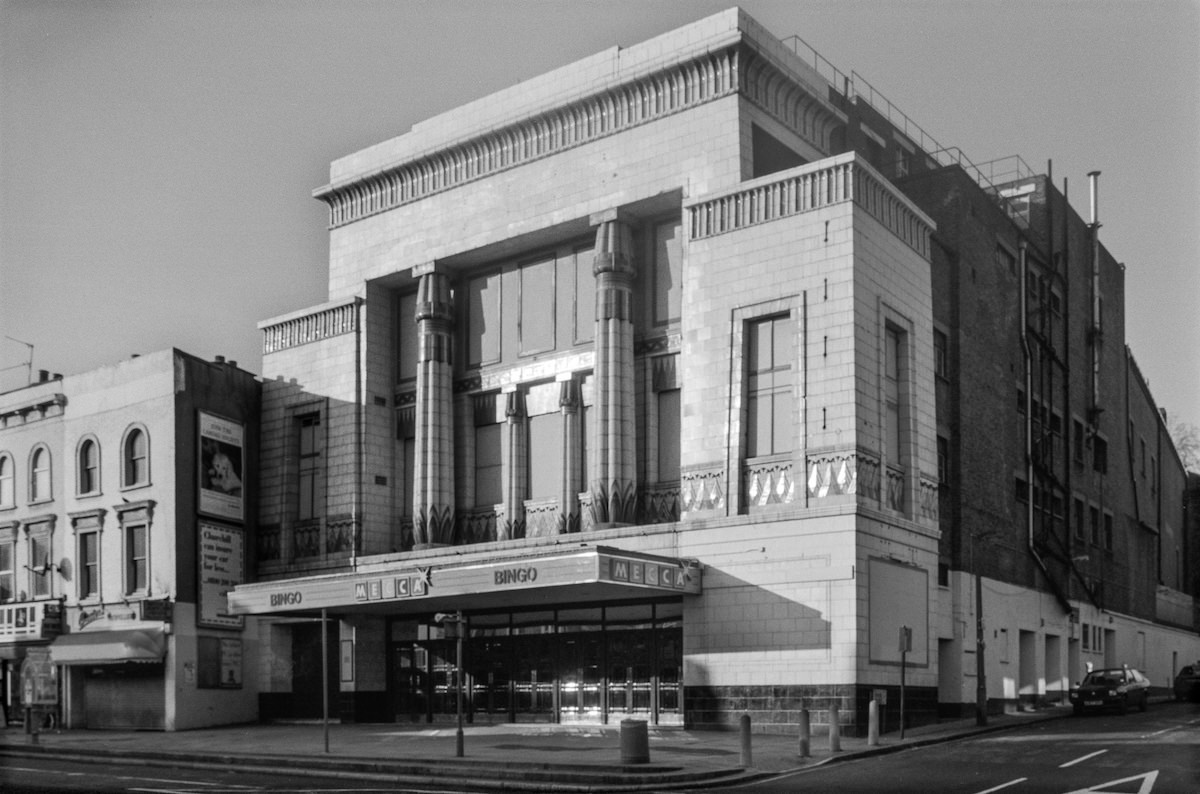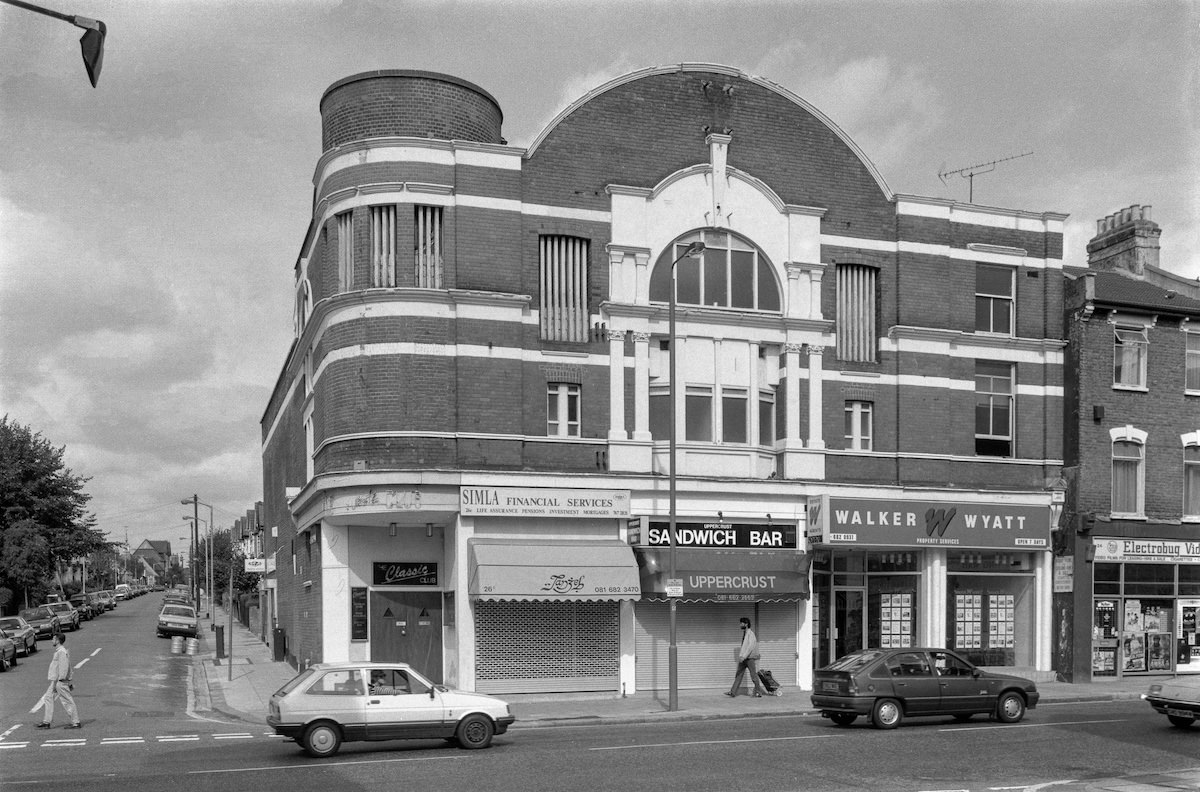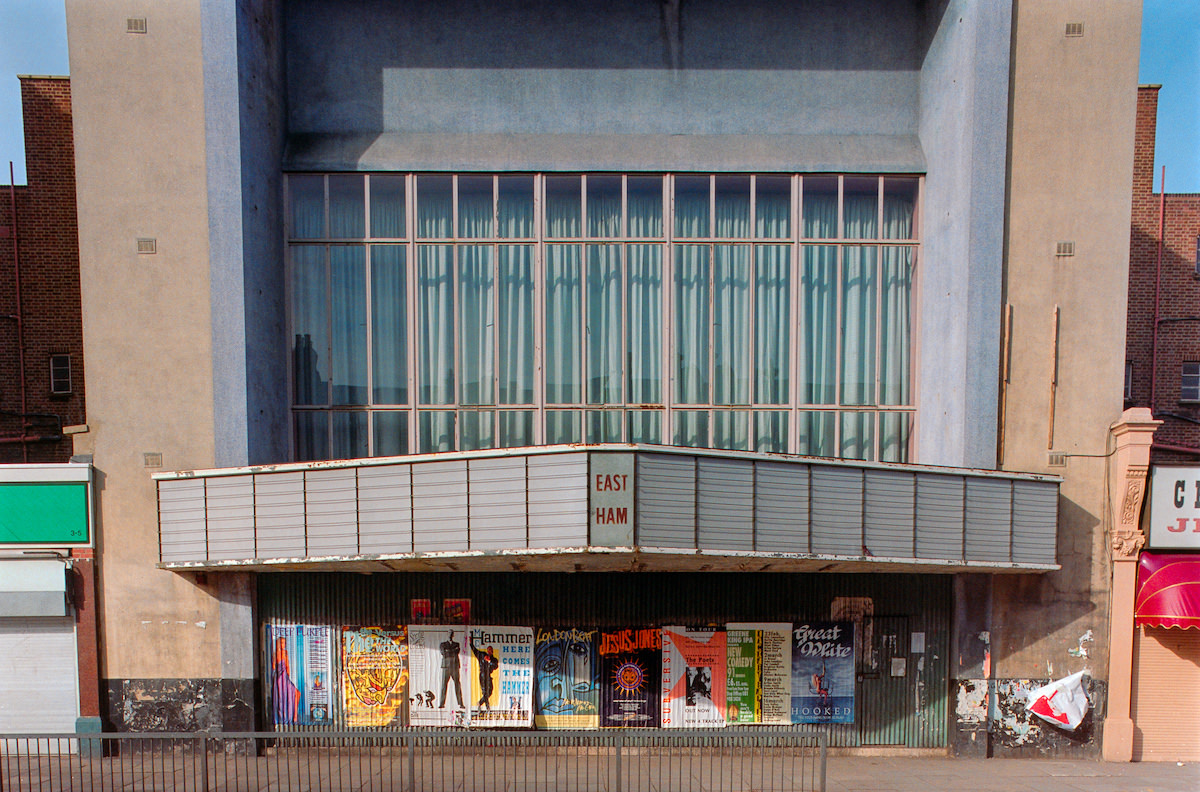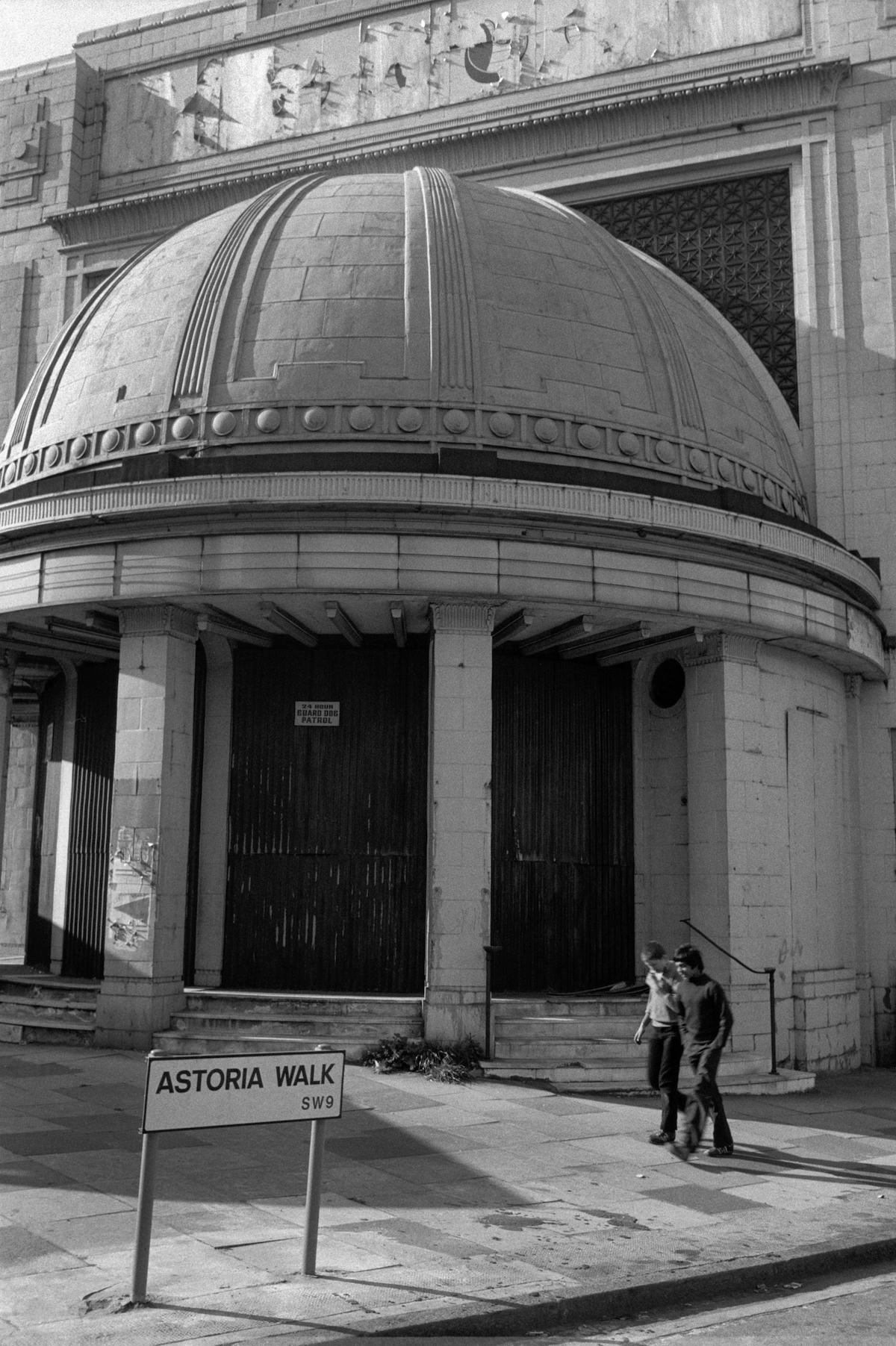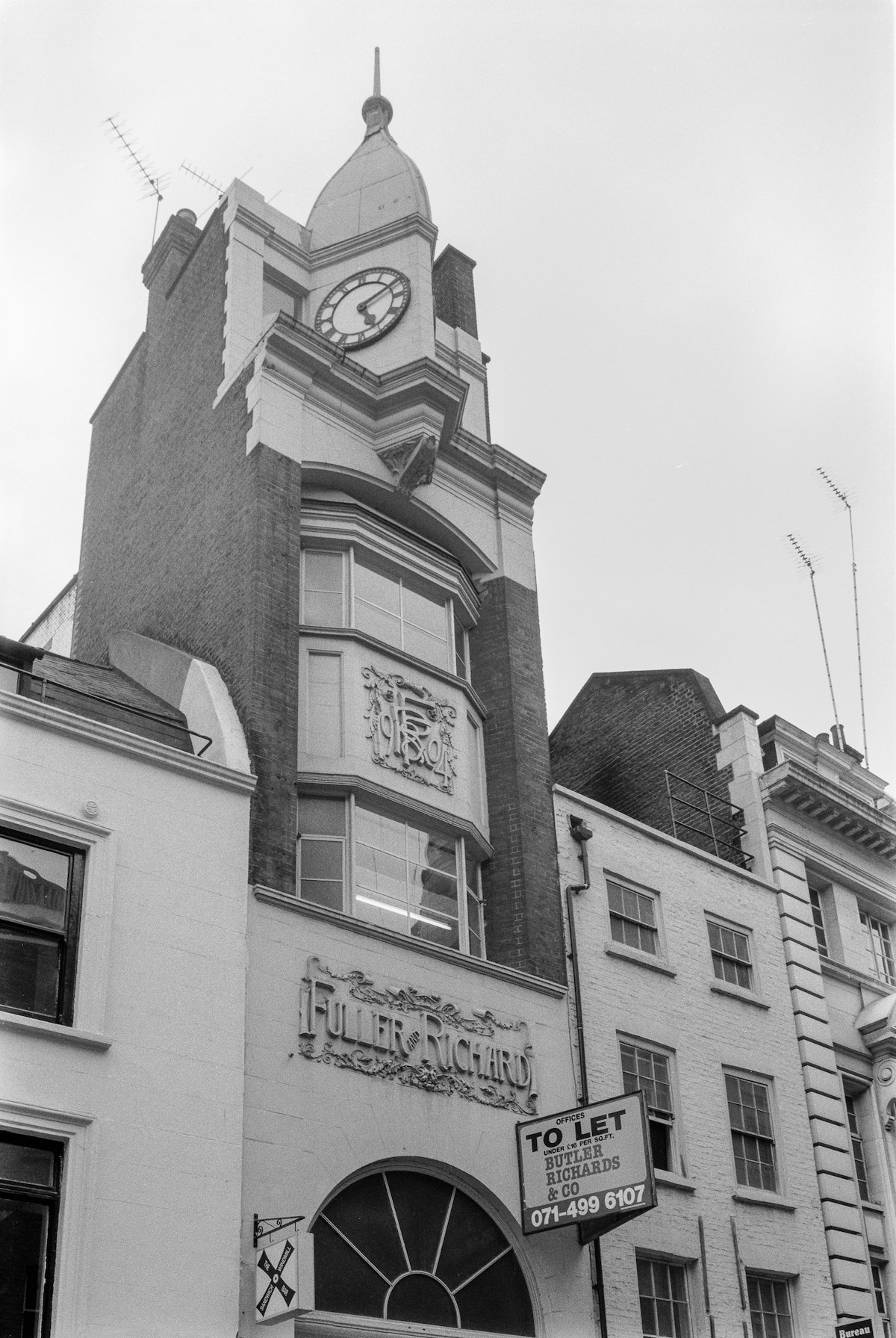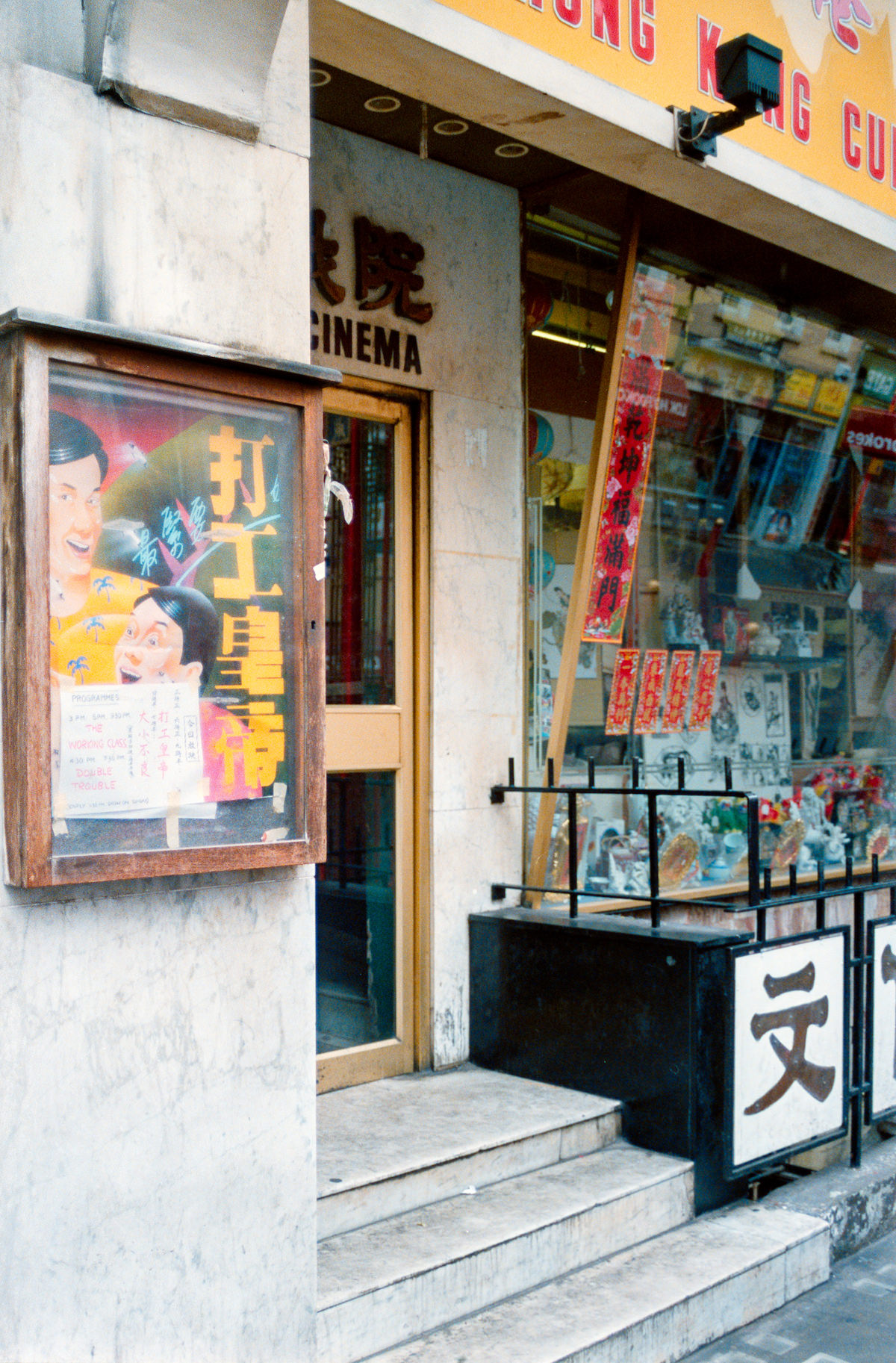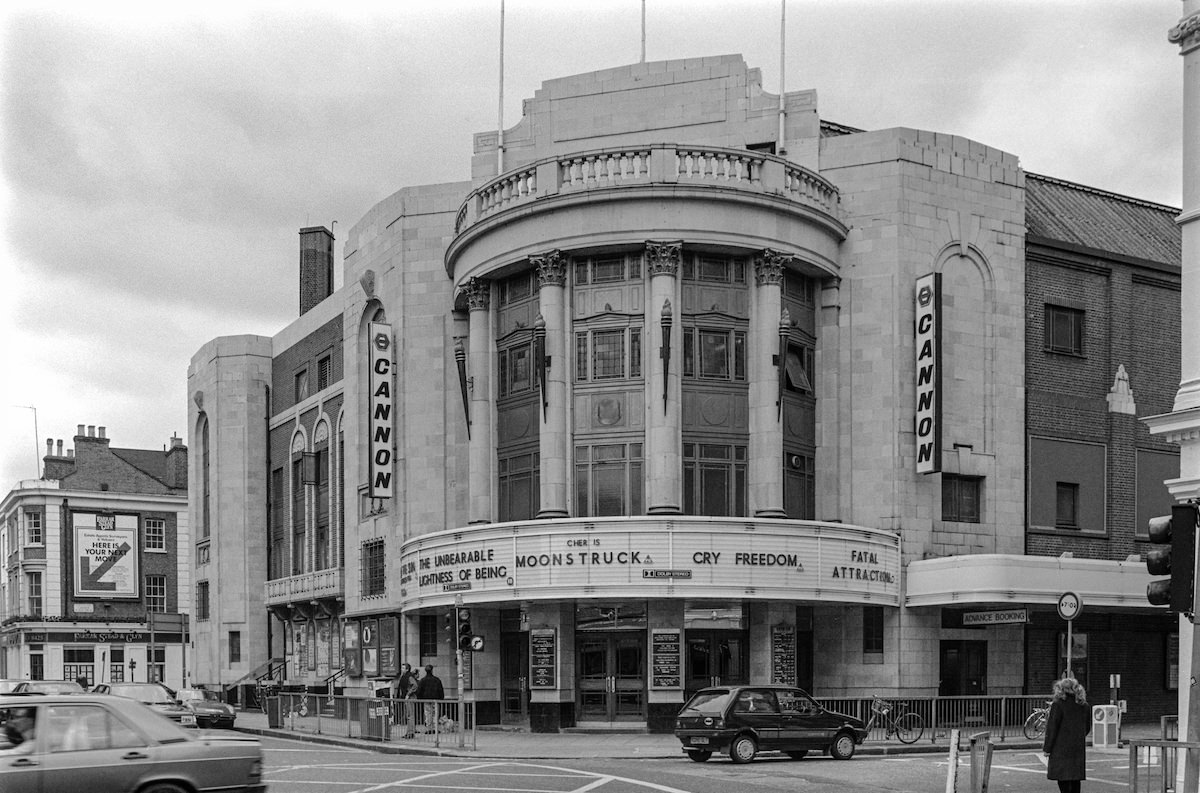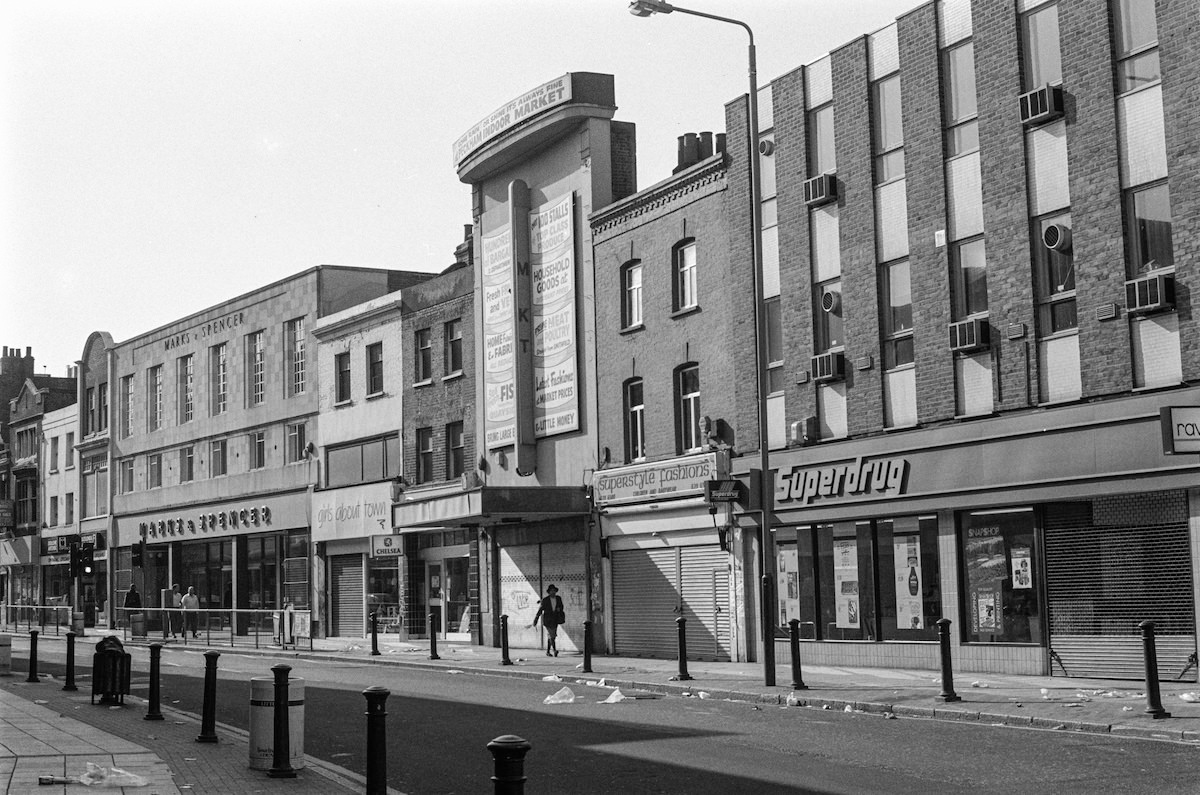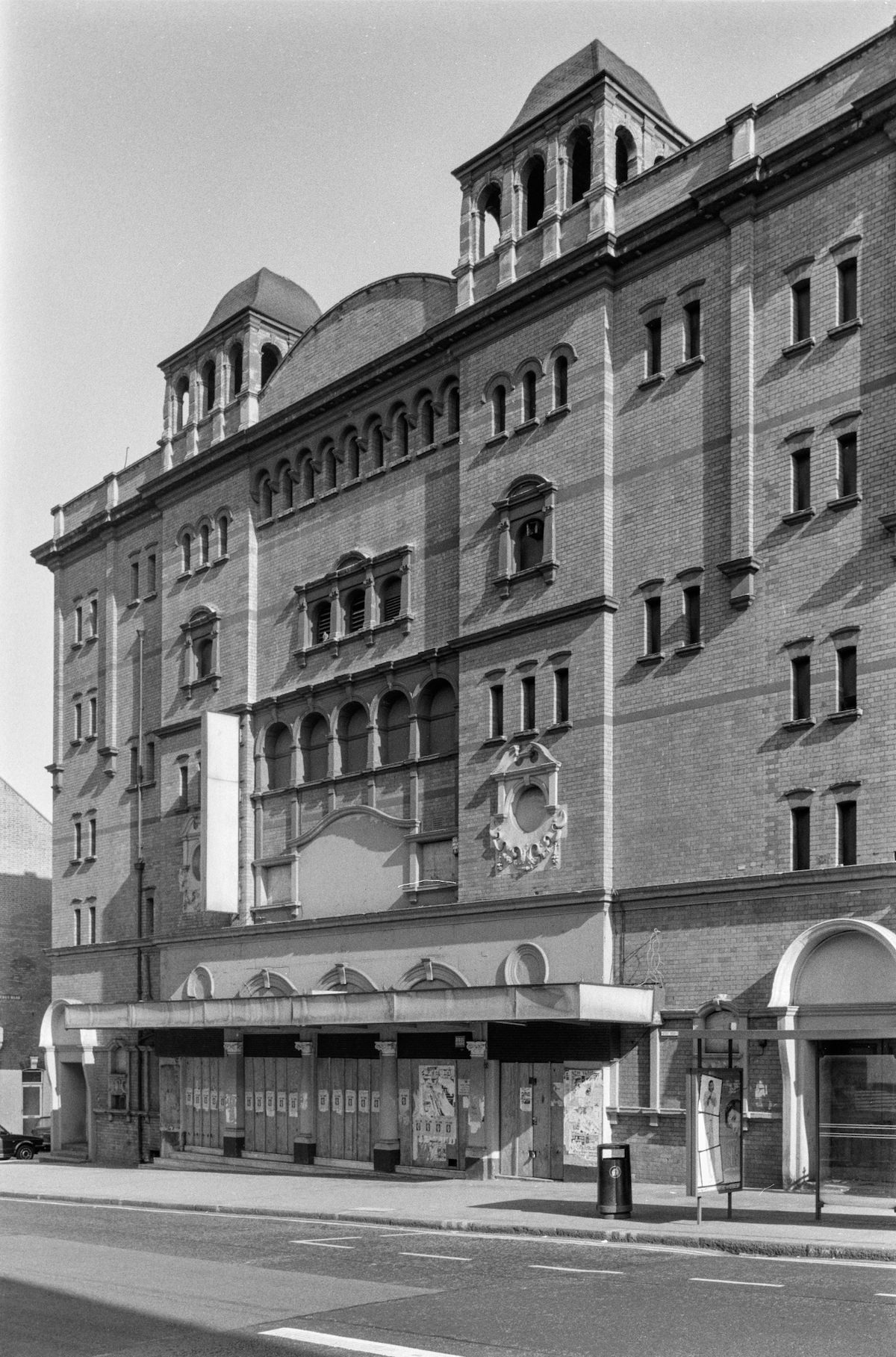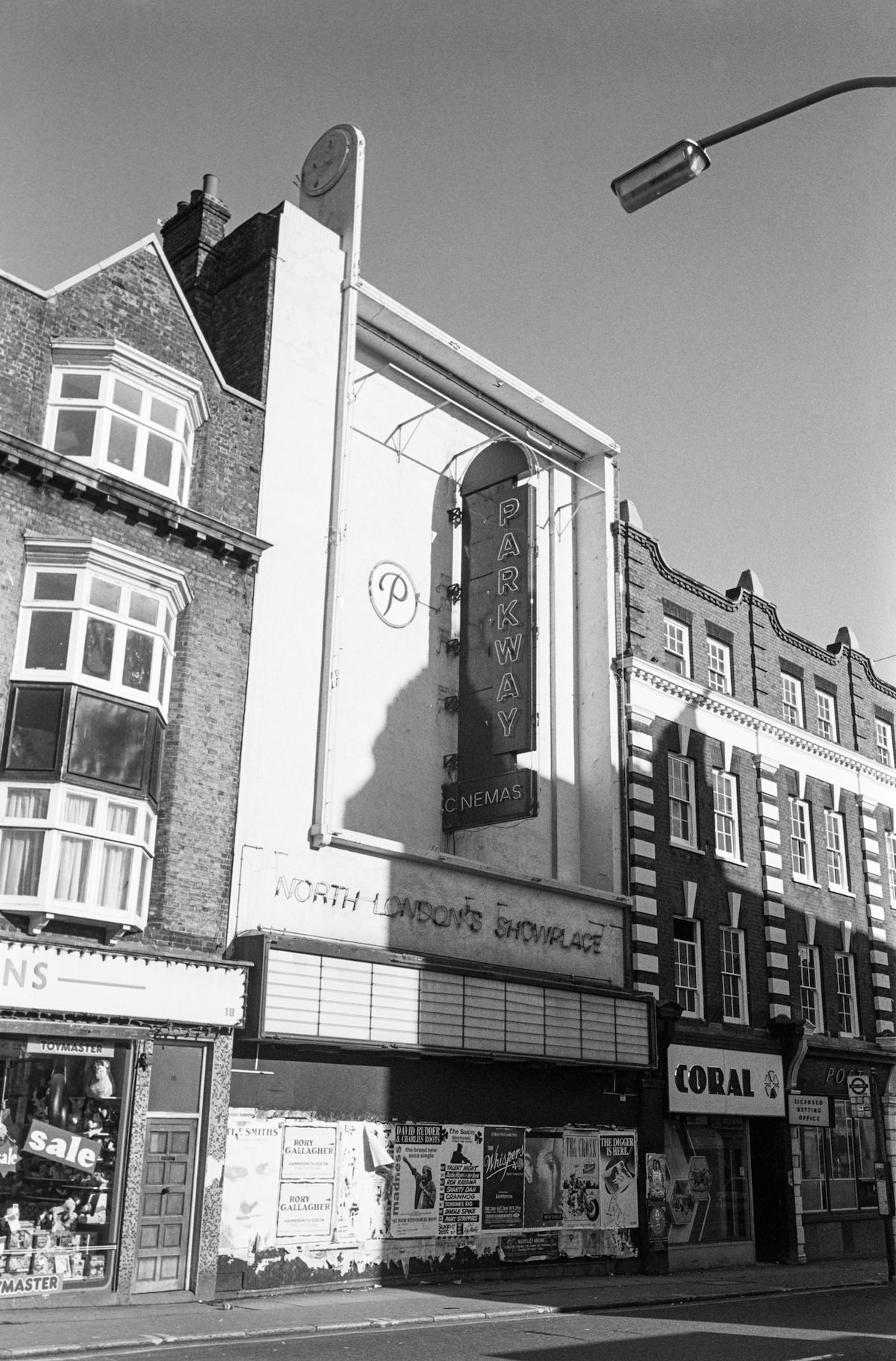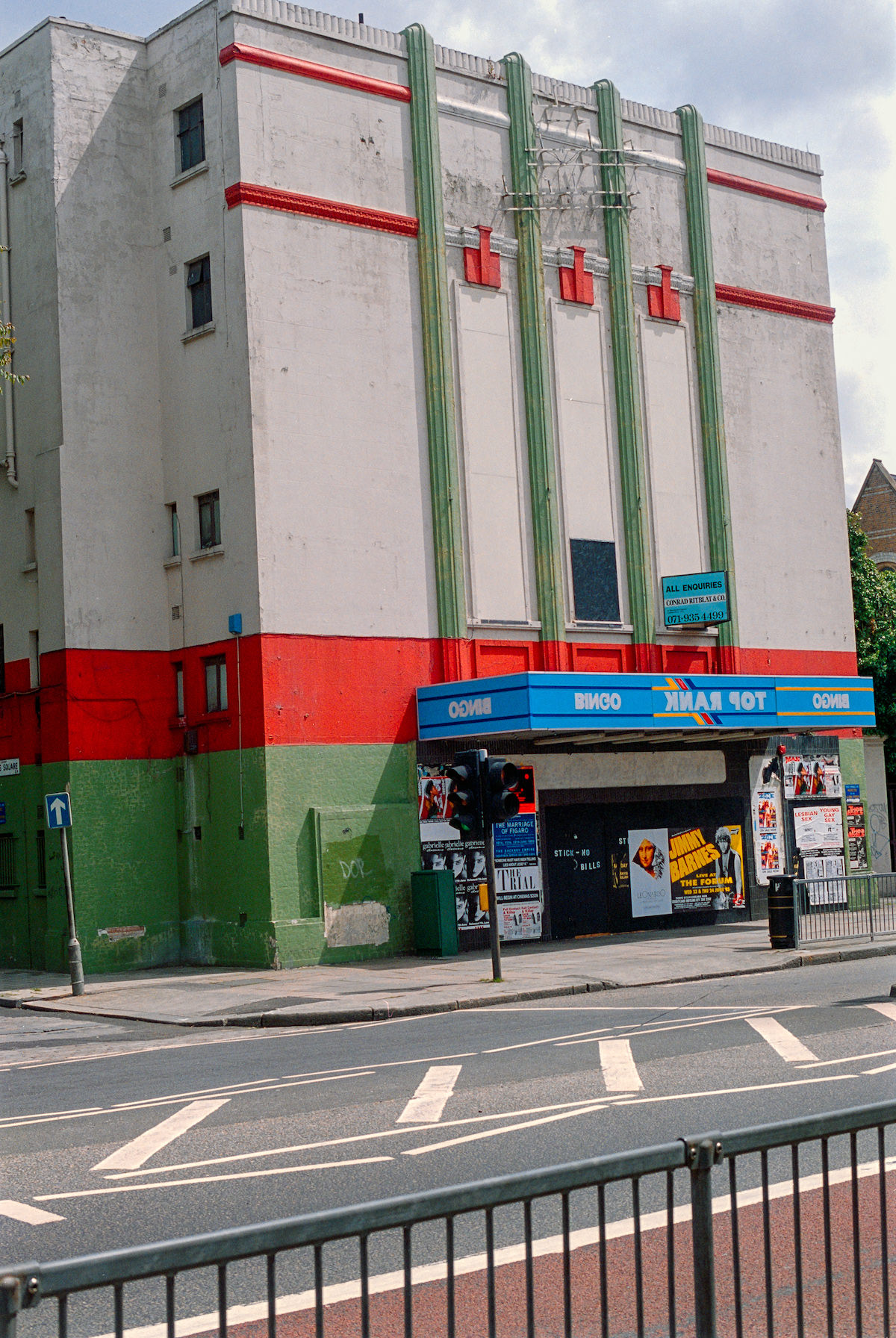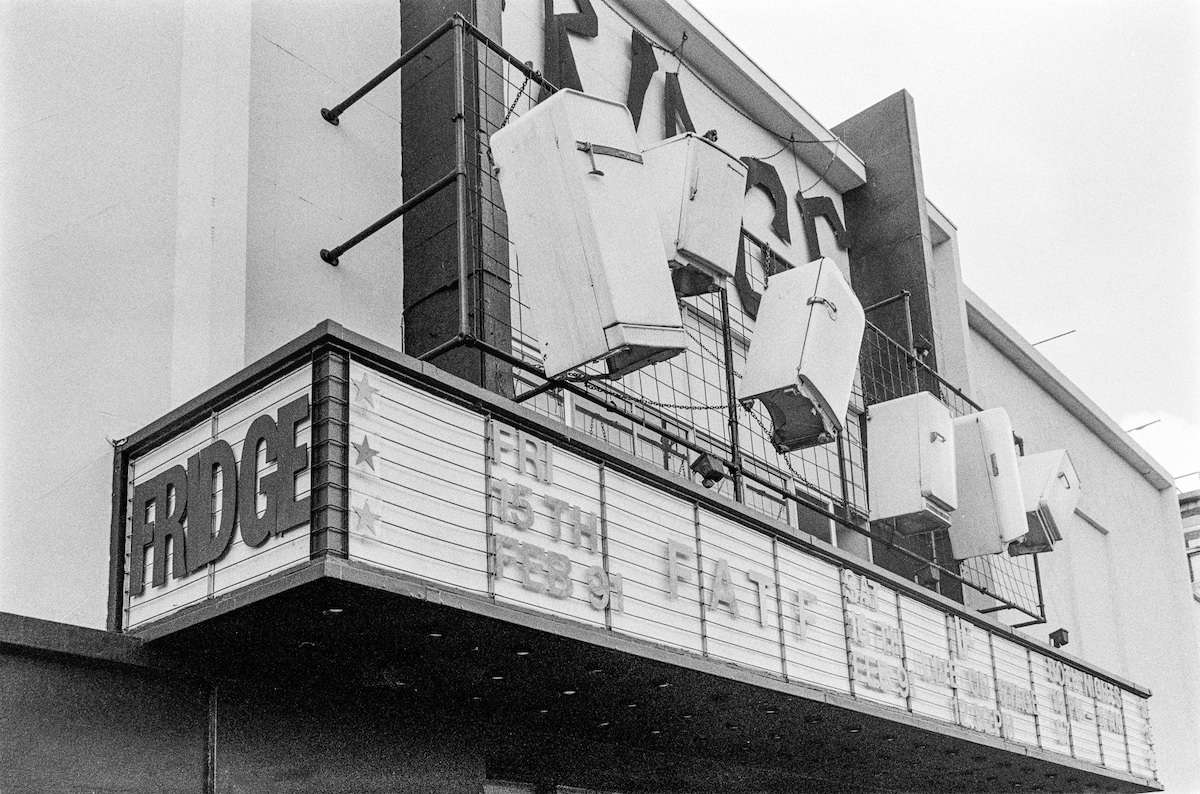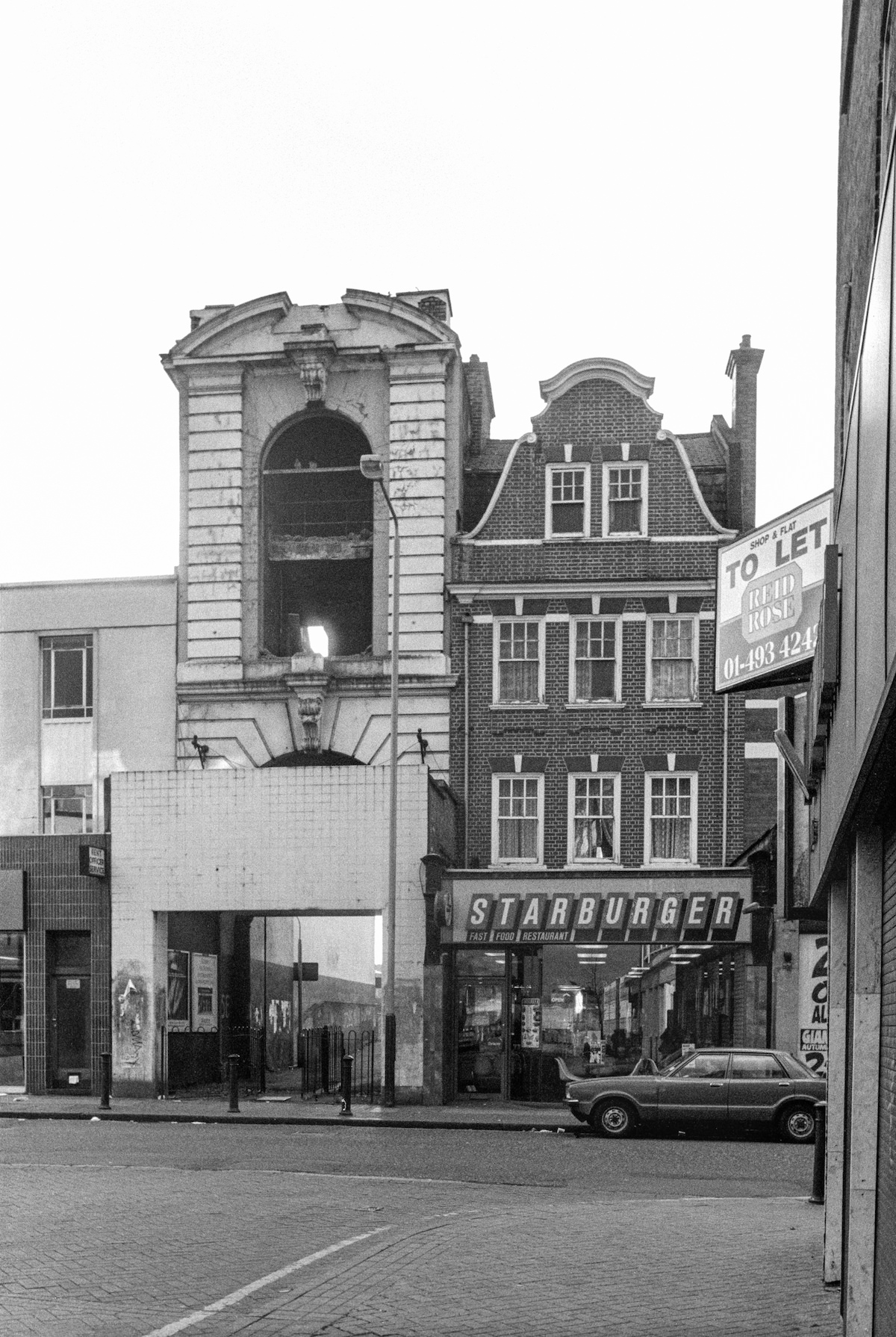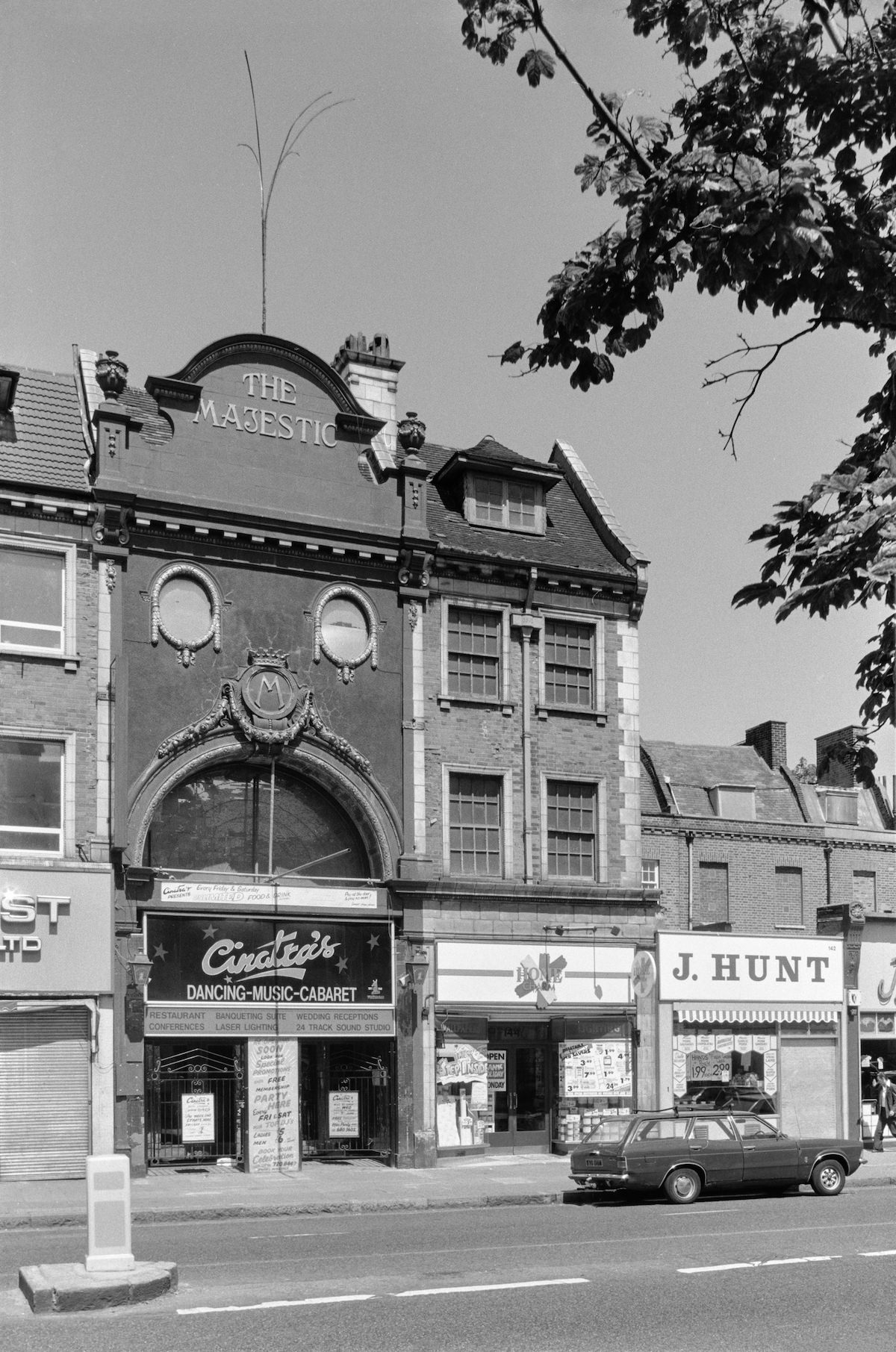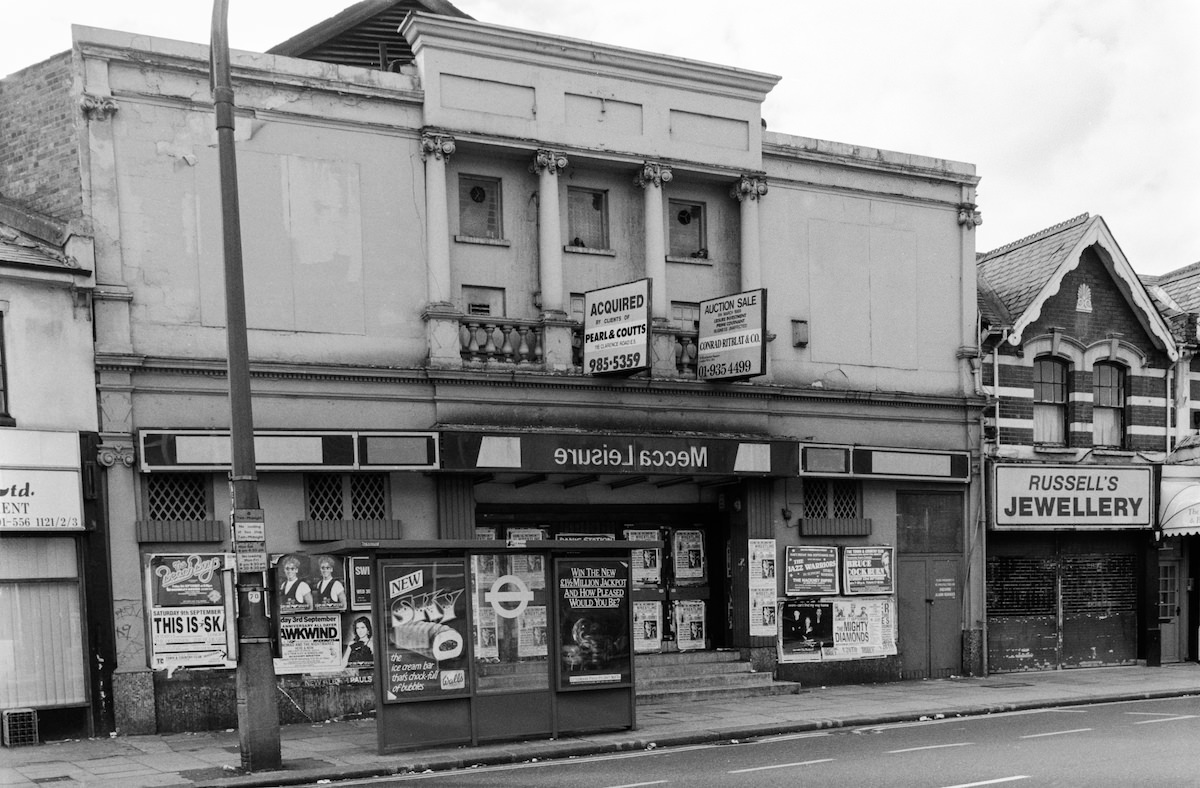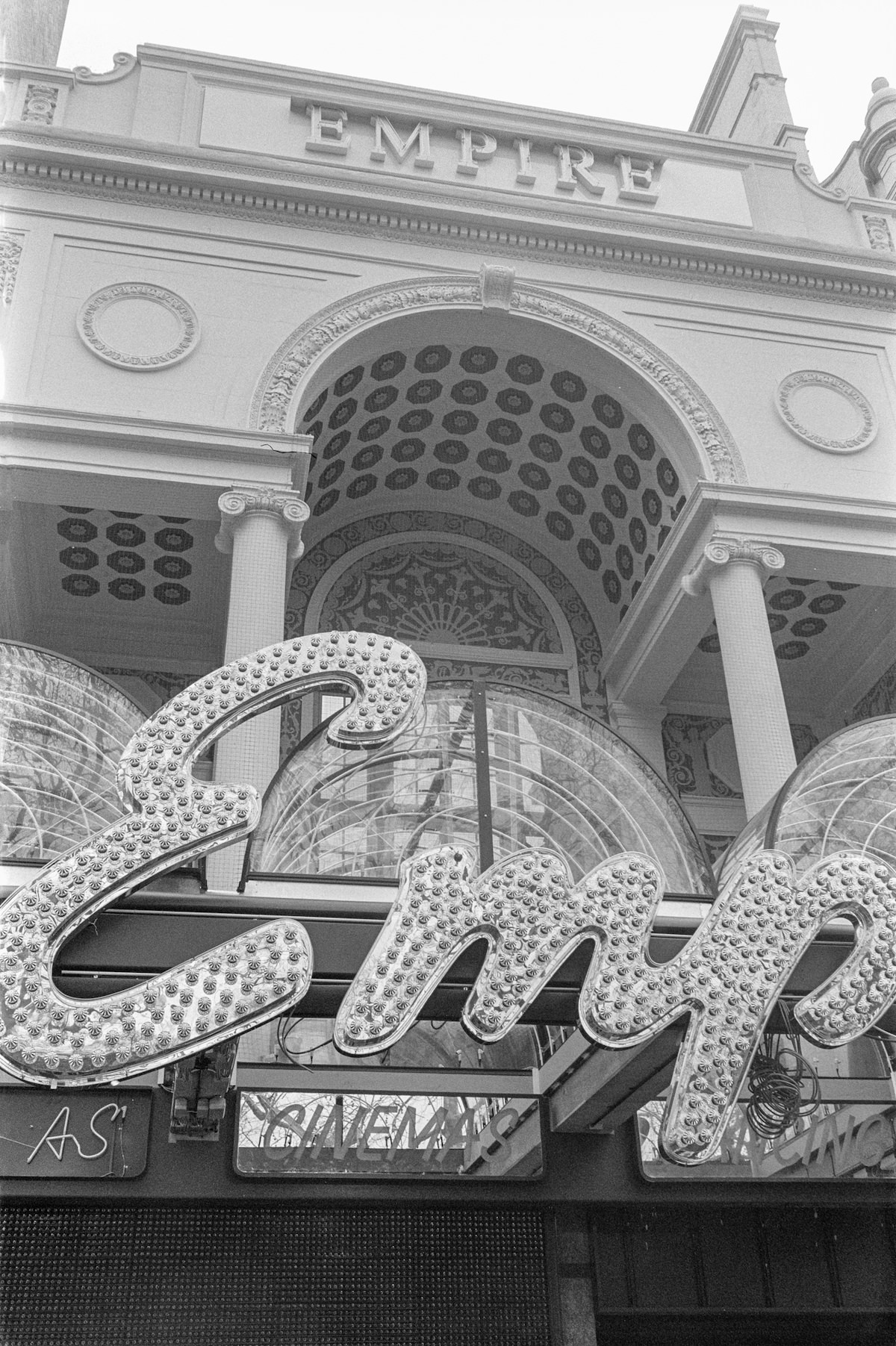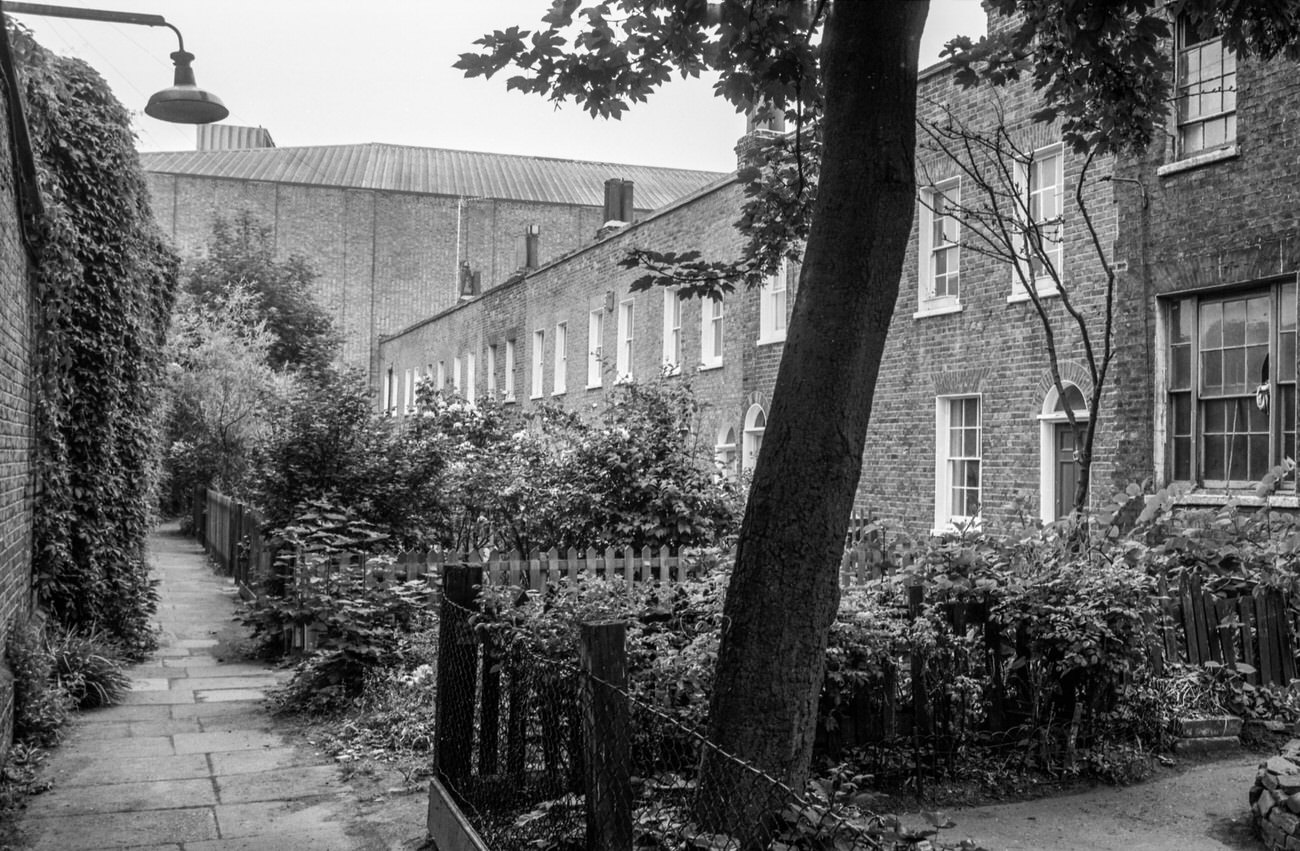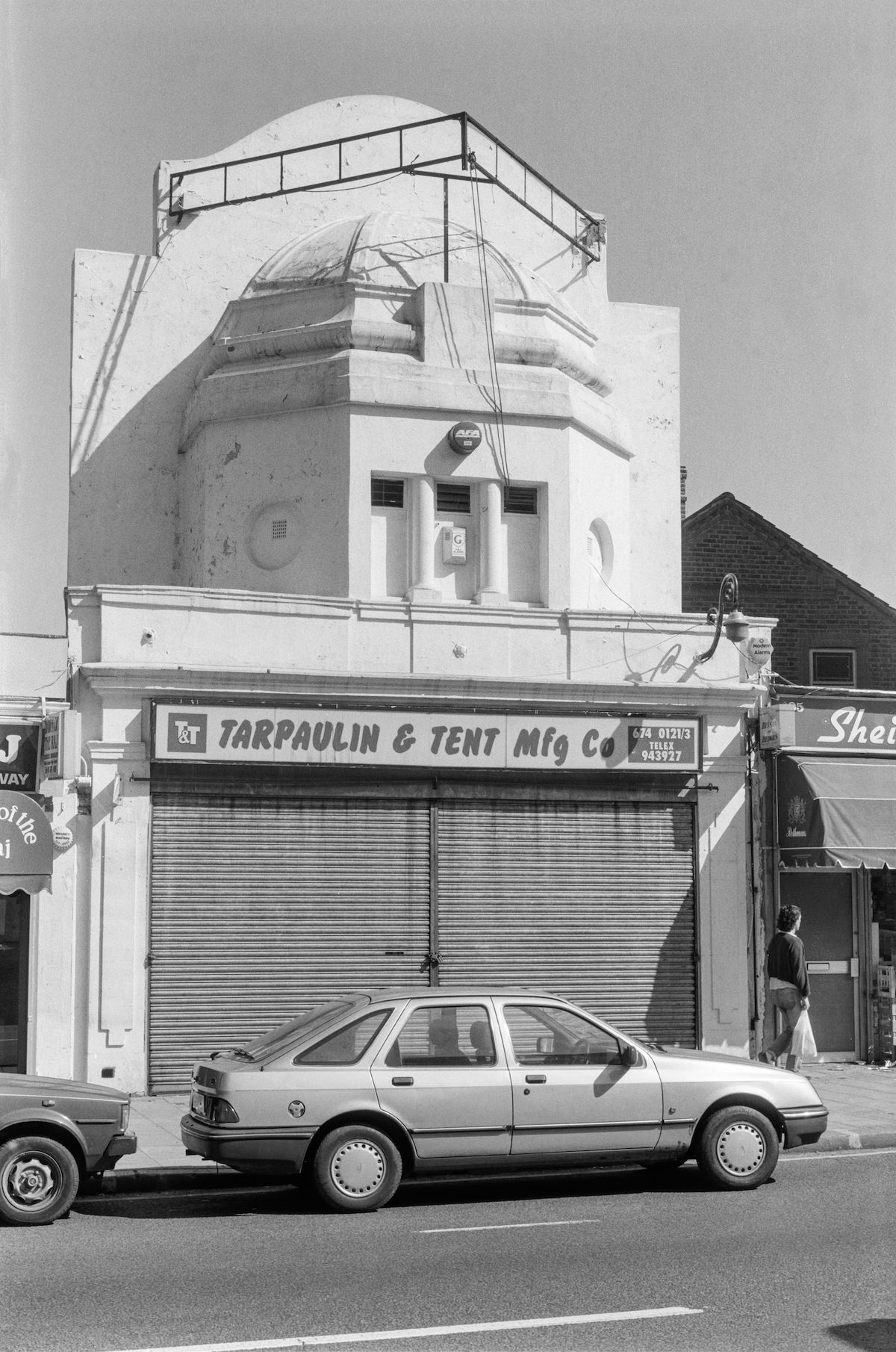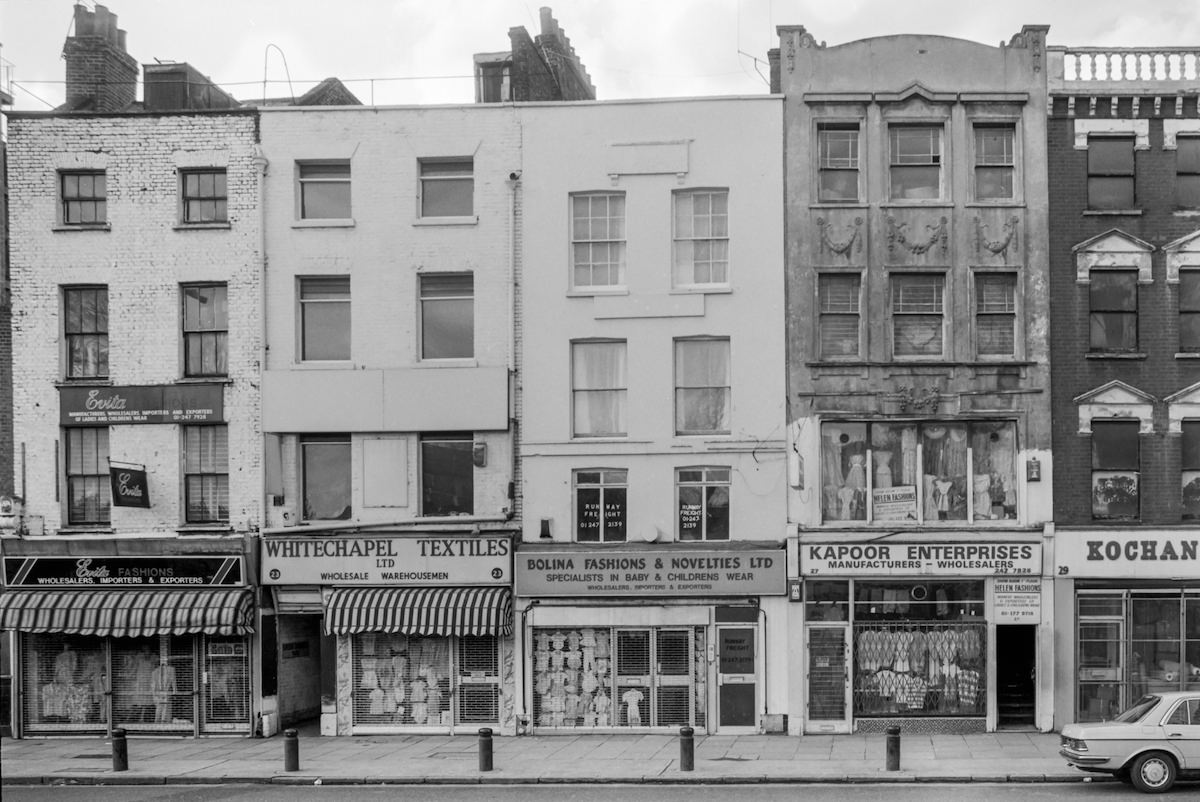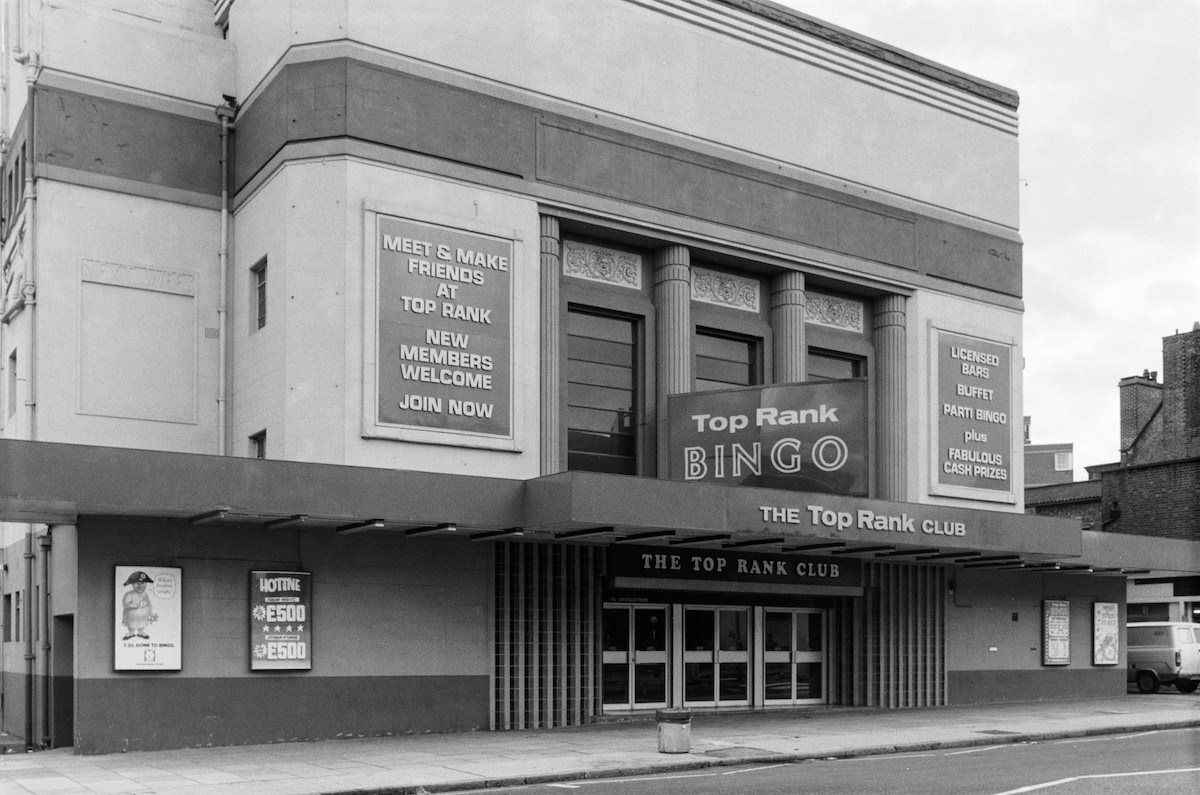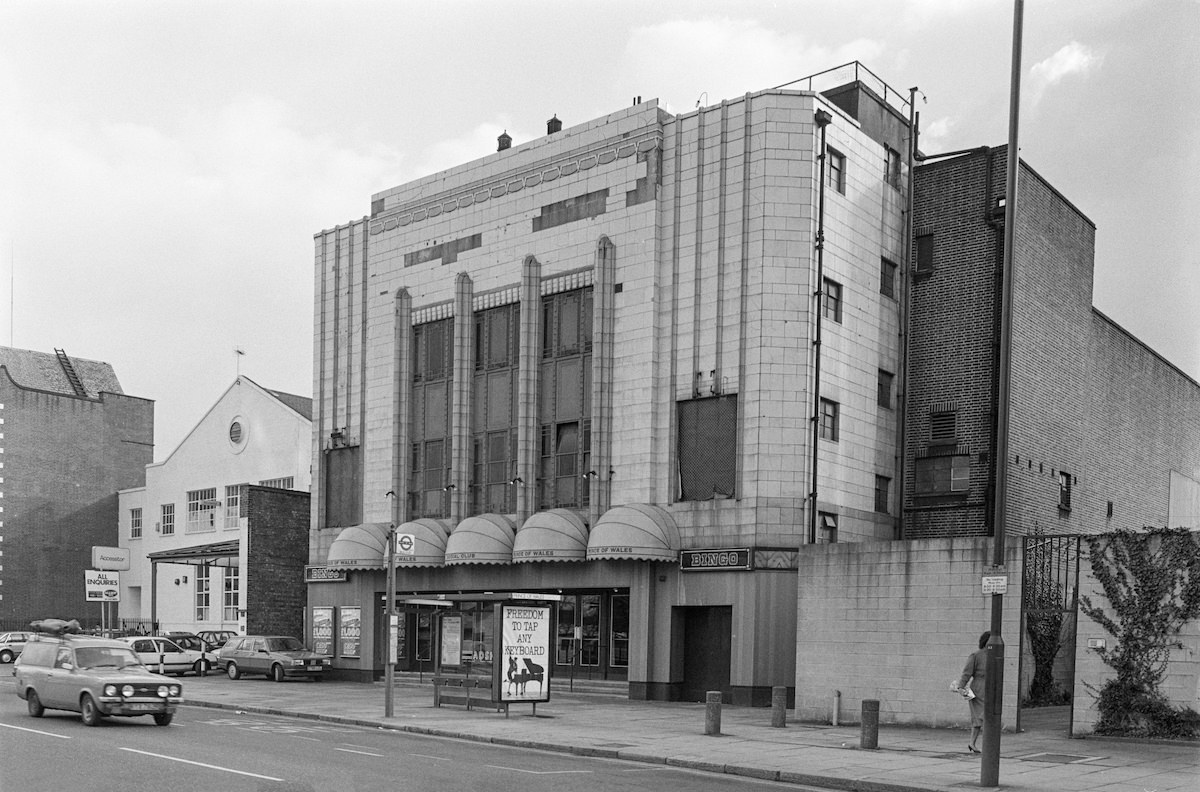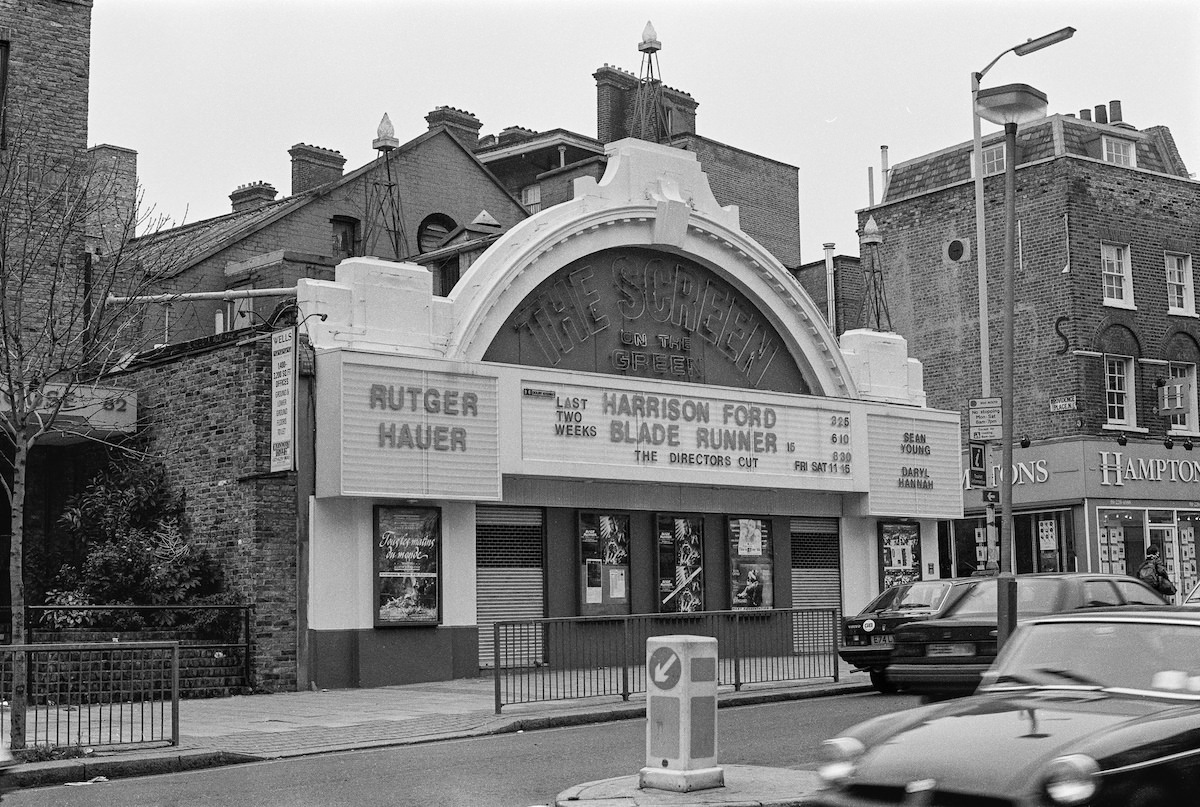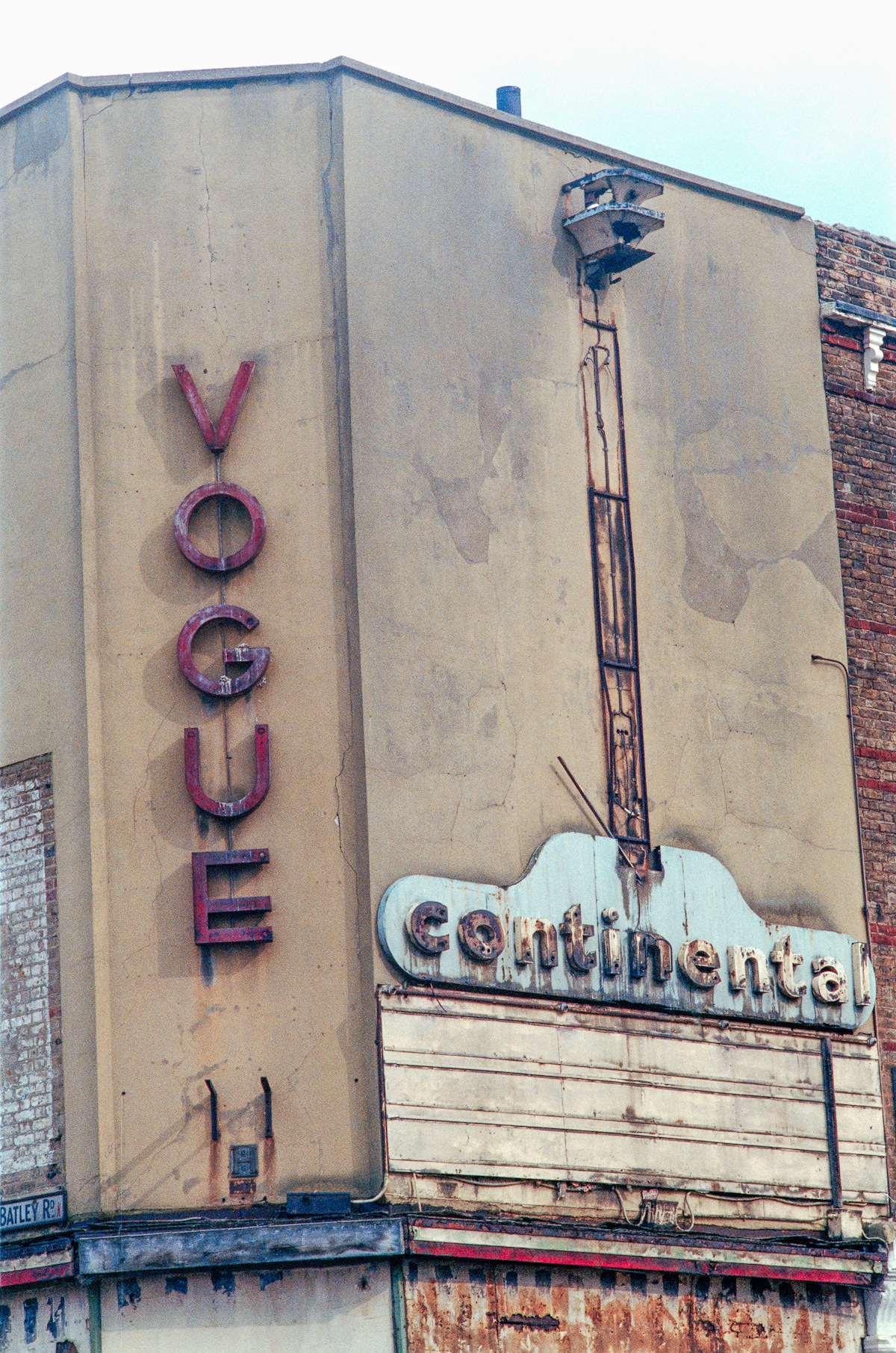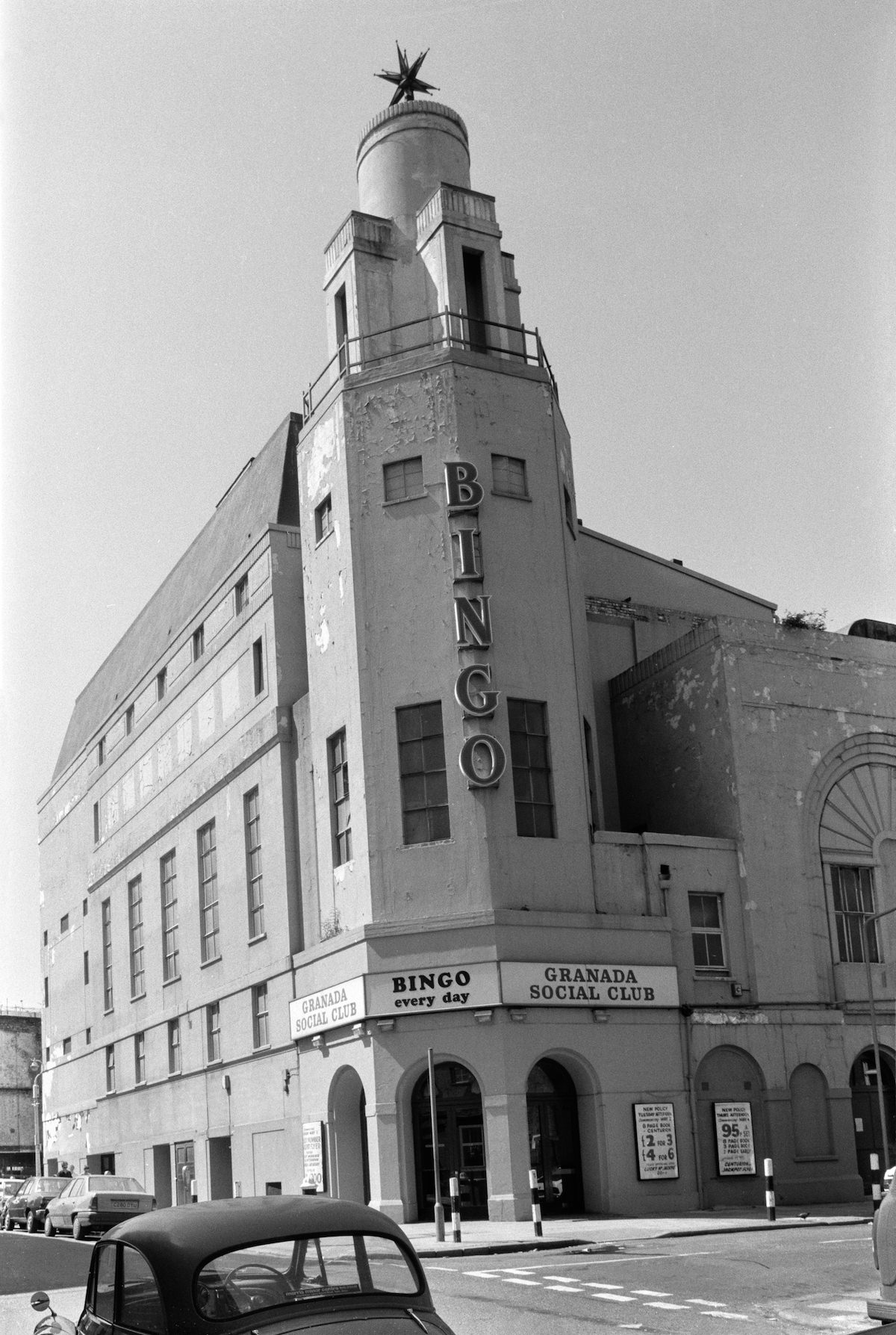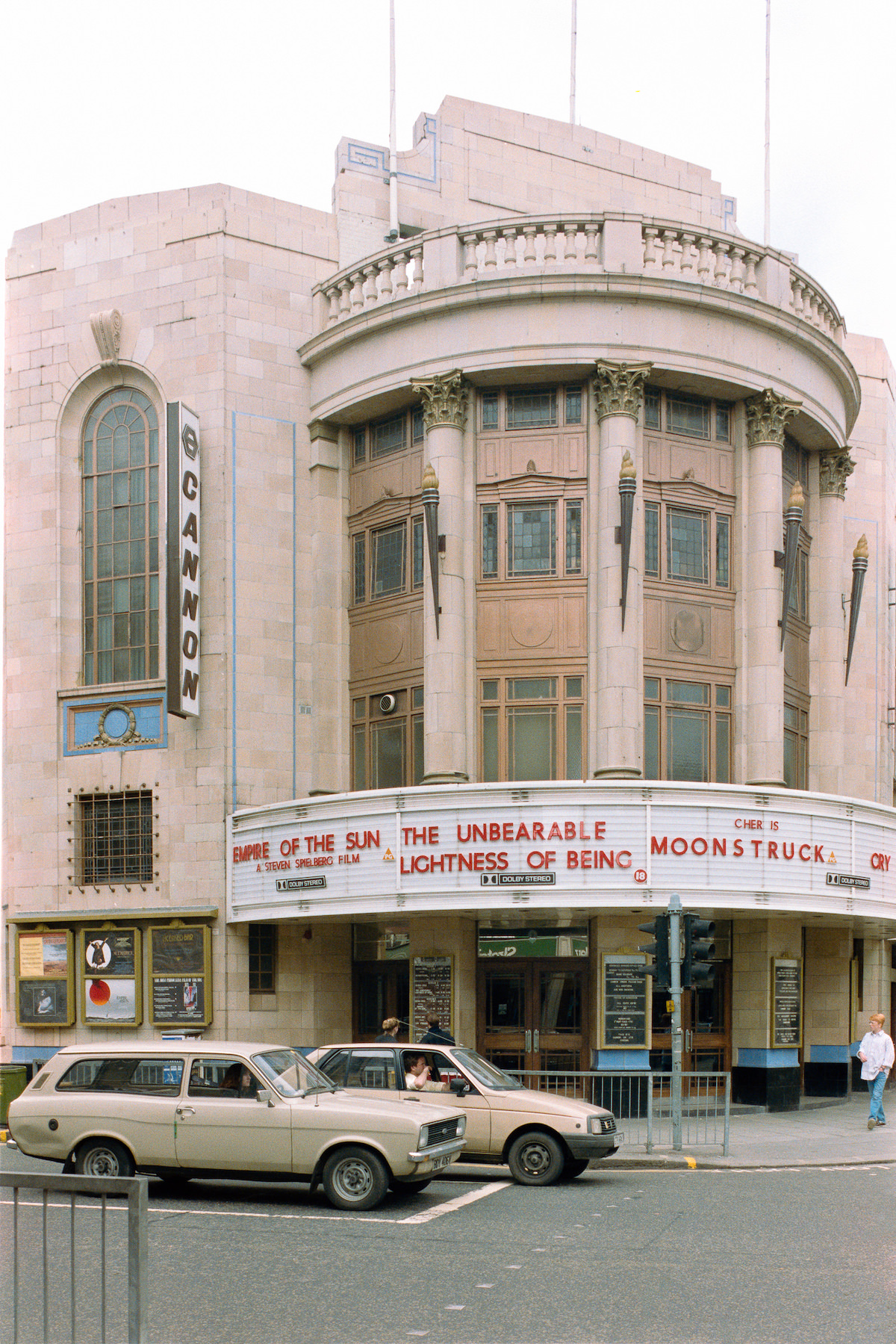Stepping into the bustling streets of 1980s London was like entering a scene from a movie itself. The city’s vibrant energy can be felt through its beautiful neighborhoods, each with its unique flavor and charm. And amidst the iconic landmarks and cultural institutions, London’s cinemas held a special place in the hearts of both locals and visitors.
The 1980s was an era when going to the movies was more than just entertainment; it was an experience. London’s cinemas, whether grand picture palaces or cozy neighborhood theaters, offered a chance to escape into another world. The city boasted a wide array of movie houses, each with its own distinct character and allure.
One of the most iconic cinemas of the era was the Odeon Leicester Square. This grand picture palace, with its ornate architecture and opulent interiors, was a true landmark. It hosted premieres, galas, and screenings of the latest Hollywood blockbusters. Walking up its red-carpeted staircase felt like stepping onto a movie set.
Another notable cinema was the Empire Leicester Square, known for its massive screen and immersive sound system. It was the place to go for action-packed films and epic adventures. The rumble of explosions and the roar of engines felt even more intense in this cinema’s unique environment.
Read more
For those seeking a more intimate movie-going experience, London offered a plethora of smaller cinemas scattered throughout its boroughs. These neighborhood gems often had a loyal following and a more personal touch. The staff knew their regulars, and the atmosphere was friendly and welcoming. Before the lights dimmed, audiences could enjoy a drink at the cinema bar, browse the concession stand for snacks, and chat with friends and fellow moviegoers.
The city’s art house cinemas, such as the Curzon Mayfair and the Gate Notting Hill, showcased films from around the world, offering a glimpse into different cultures and perspectives. These cinemas often had a more intellectual and discerning audience, eager to explore cinema’s artistic potential.
The Rise of Home Video
While cinemas continued to be popular throughout the 1980s, the rise of home video began to change the way people consumed films. The introduction of VHS players and video rental stores made it possible to watch movies in the comfort of one’s own home.
This new technology posed a challenge for traditional cinemas, but it also opened up new opportunities. Some cinemas started screening classic films and cult favorites, catering to a niche audience that couldn’t find these movies on video.
A Changing Landscape
As the 1980s ended, London’s cinematic landscape continued to evolve. The multiplex trend, which had started in the United States, began to make its way to the UK. These large complexes, with multiple screens showing different films simultaneously, offered a wider variety of choices for moviegoers.
However, this trend also led to the closure of some smaller, independent cinemas, which couldn’t compete with the financial muscle of the multiplexes. This shift marked the beginning of a new era in cinema, one that would see further changes and challenges in the years to come.
Today, when we walk past the former sites of some of London’s most beloved cinemas, we can’t help but feel a pang of nostalgia. The neon signs may be gone, and the film reels may have been replaced by digital projectors, but the memories of those shared experiences remain vivid.


